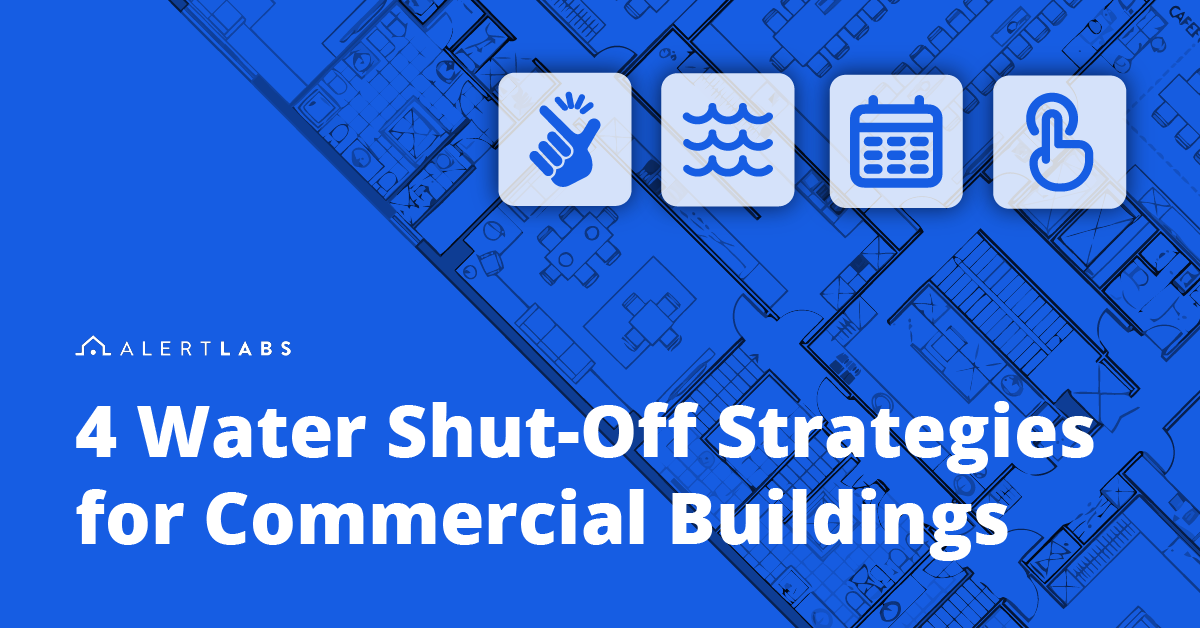Save Money on Your AC Costs: 5 Simple Ways

Heating and cooling your home can account for almost half of your annual energy bills but, you can save money on your electric bill by making some small changes to your air conditioning unit and your habits. So, the next time you open up that electric bill in the mid-summer months and notice your cooling costs are lower than ever, it will be because you’ve applied these simple tips.
But before we get into some of the reasons why your AC might be wasting energy and causing high electric bills, first, let’s explore some simple ways you can reduce your AC costs.
1. Avoid trying to cool your home quickly
Perhaps you keep the thermostat at 78°F when you’re at work, and when you get home, you like it at 68°F. Thinking you want to cool off, and fast—you reduce the setting to 65°F.
You might be tempted to drop the temperature more than you need to in hopes of quickly cooling down. Unfortunately, this won’t make your air conditioner work any faster. Unless you have a two-stage AC, your air conditioner only works at one speed, so lowering the temperature past where you’d like it just makes the AC run longer—which means it’s wasting energy and costing you cash.
2. Setting your thermostat at the same low setting
Keep the temperature on your AC consistent all day, every day, all season long and you could be throwing away as much as $180/year, according to ENERGY STAR.
Instead, you can save 5-15% (according to the U.S. Department of Energy) of your annual energy costs by raising the AC temperature 5° - 8°F. You can do this easily by using a programmable thermostat so you can set it once and forget it.

3. Size your AC unit accordingly
If you’re installing a new AC unit or building a home, consider the size of your home and the size of the AC system. Central-air systems, which operate combined with your home’s heating system, use parts of the furnace and ducts.
A too small AC unit won’t remove enough heat and humidity from your indoor air, and one that’s too big for your home will cycle on and off too often. And when you’re cycling more than needed, you’ll probably go from sweltering to shivering pretty quickly and will also be wasting energy.
To find the right size of AC system for your home, multiply your total square footage by the heating factor. For example, if your home is 2,500 square feet with a heating factor of 40 BTUs per square foot, you need a furnace with an output of 100,000 BTUs per hour.
4. Run an up-to-date AC system
If your home is older, your AC unit may be 15 to 20 years old. The age of your AC system can impact both the number of costly repairs you may need to conduct over time and the amount of energy used to keep your home cool.
When looking for a newer AC system, look for a higher SEER rating (Seasonal Energy Efficiency Rating) to guarantee greater energy efficiency. The minimum standard SEER rating for AC units is 13, while most modern units’ ratings range from 13 to 21. With a current model of air conditioner, you’ll be able to save on both energy costs and repairs. While the upfront cost of a newer AC system might seem painful, consider the payback and return on your investment on a new system. And doing so before your old system breaks will also save you on last-minute repairs or replacement.
5. Dress for the weather
More and more office spaces and public spaces are turning the temperatures on their air conditioners up to save on cooling costs. Make sure you pack an office sweater!
If you’re worried about the condition of your AC system, looking to replace an older model, or looking to maintain your system, getting in touch with a local HVAC technician to book a service call will be the “cool” thing to do.




